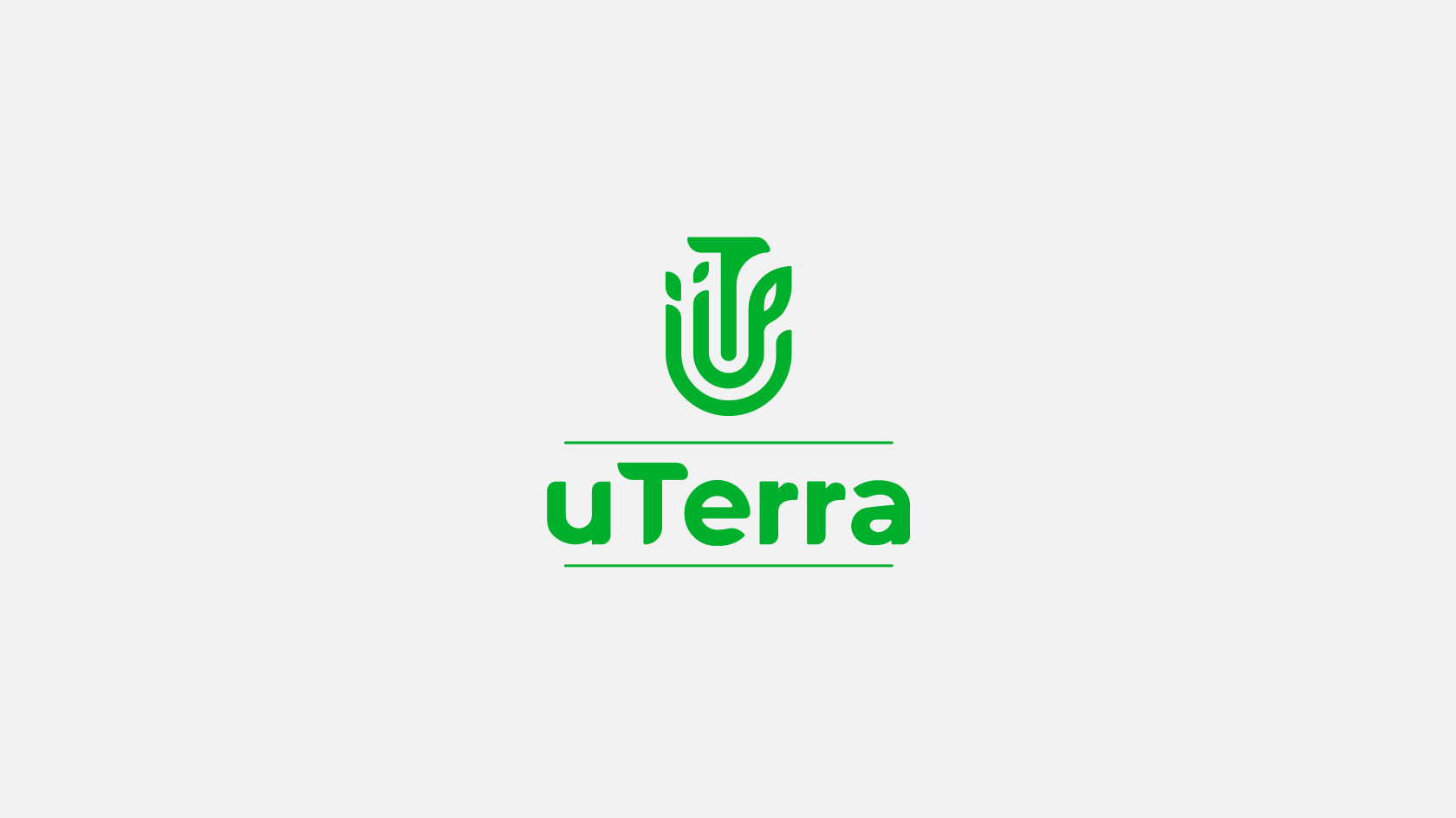Oct
15
The New York Academy of Sciences (NYAS)
123 Greenway Drive, Springfield, IL
9am – 11am
Frequently Asked Questions
What is topsoil and why is it important?
Topsoil is the uppermost layer of soil, rich in nutrients and microorganisms, essential for plant growth and ecosystem health. It supports agriculture and natural vegetation, making it vital for food production and environmental sustainability.
How does topsoil affect plant growth?
Topsoil provides essential nutrients, water retention, and a habitat for beneficial microorganisms. Healthy topsoil promotes robust root systems, leading to stronger plants that can better withstand pests, diseases, and environmental stressors, ultimately enhancing crop yields.
What are the main components of topsoil?
Topsoil consists of minerals, organic matter, water, and air, which together create a fertile environment for plants.
How can we protect our topsoil?
Protecting topsoil involves practices like crop rotation, cover cropping, and minimizing tillage. These methods help prevent erosion, maintain soil structure, and enhance its fertility, ensuring sustainable agricultural practices.
What role do microorganisms play in topsoil health?
Microorganisms in topsoil are crucial for nutrient cycling, decomposing organic matter, and enhancing soil structure. They help in breaking down complex organic materials into simpler forms that plants can absorb, thus promoting healthy growth and soil fertility.
Device Specifications
Nutrient-Rich Composition:
Topsoil is essential for plant growth, providing nutrients and minerals necessary for healthy crops and gardens.
Microorganism Activity:
Microorganisms in topsoil play a crucial role in breaking down organic matter, enhancing soil fertility and structure.
Water Retention:
Healthy topsoil retains moisture effectively, reducing the need for frequent watering and promoting sustainable gardening practices.
Erosion Prevention:
Topsoil acts as a protective layer, preventing erosion and maintaining the integrity of the land, which is vital for agriculture.
Carbon Sequestration:
Topsoil contributes to carbon sequestration, helping to mitigate climate change by storing carbon in the soil.
Biodiversity Support:
Rich topsoil supports a diverse ecosystem, fostering various plant and animal life that contributes to a balanced environment.
Sustainable Agriculture:
Utilizing topsoil sustainably ensures long-term agricultural productivity and environmental health.
Understanding Topsoil
Topsoil is the uppermost layer of soil, rich in organic matter and nutrients, crucial for plant growth and ecosystem health. It is formed through the weathering of rocks and the decomposition of organic materials, making it a vital resource for agriculture and gardening.
The Role of Topsoil in Ecosystems
Topsoil plays a fundamental role in supporting life on Earth. It is home to countless microorganisms that contribute to nutrient cycling and soil health. Without healthy topsoil, plants struggle to thrive, leading to reduced food production and biodiversity loss.
Maintaining topsoil health is essential for sustainable agriculture. Practices such as crop rotation, cover cropping, and reduced tillage can help preserve this precious resource, ensuring that future generations can benefit from its rich nutrients and ecosystem services.
